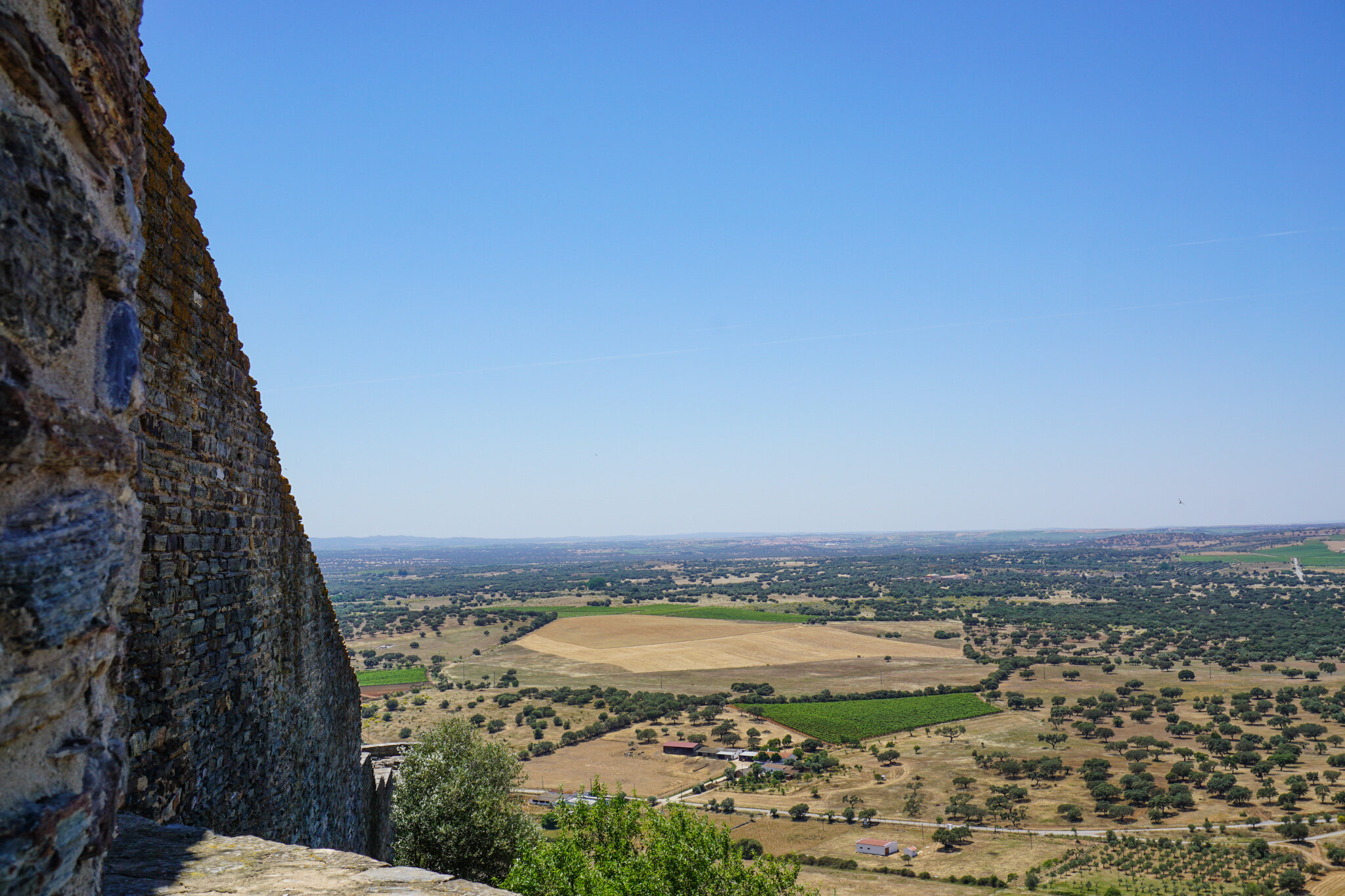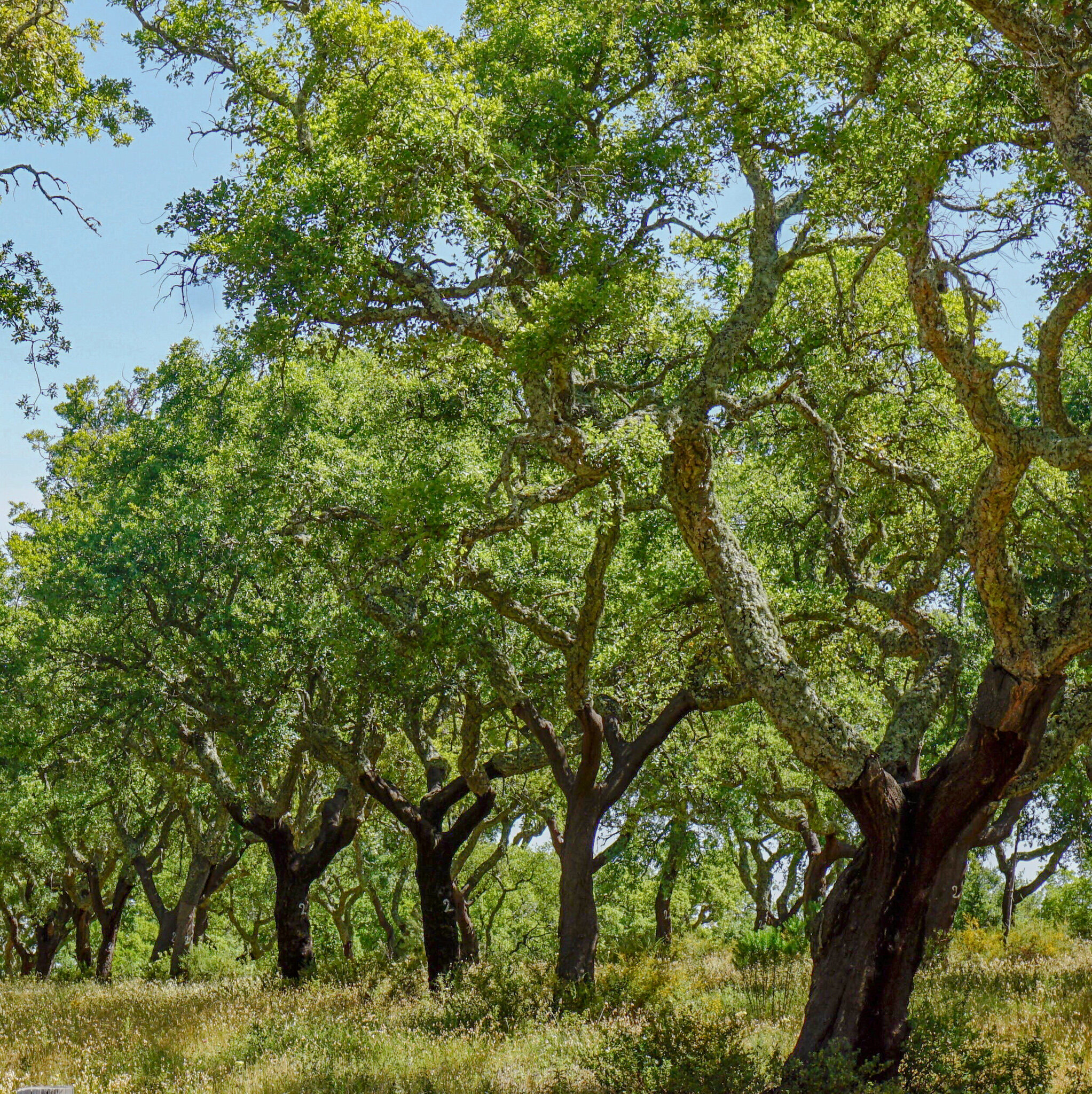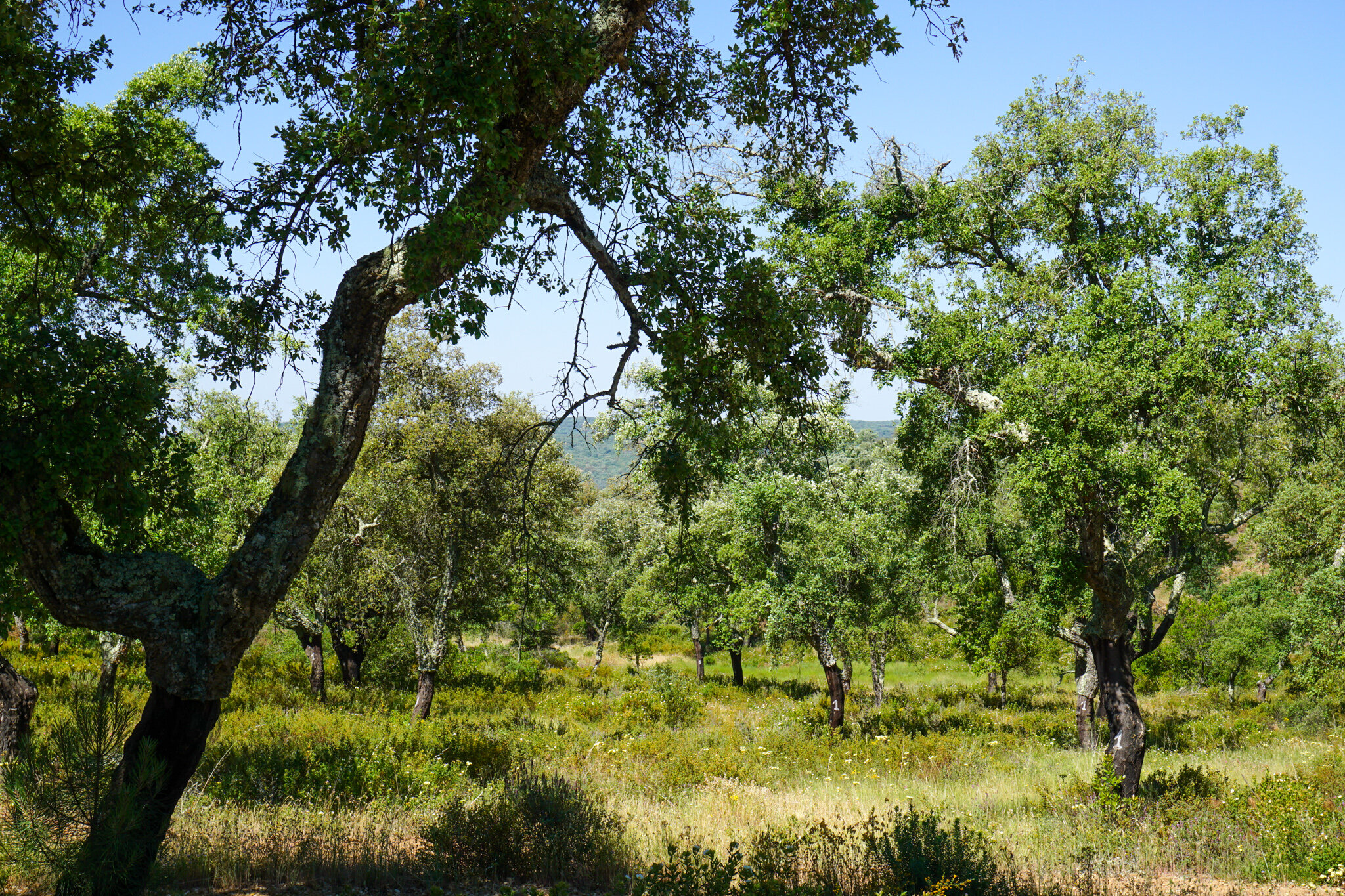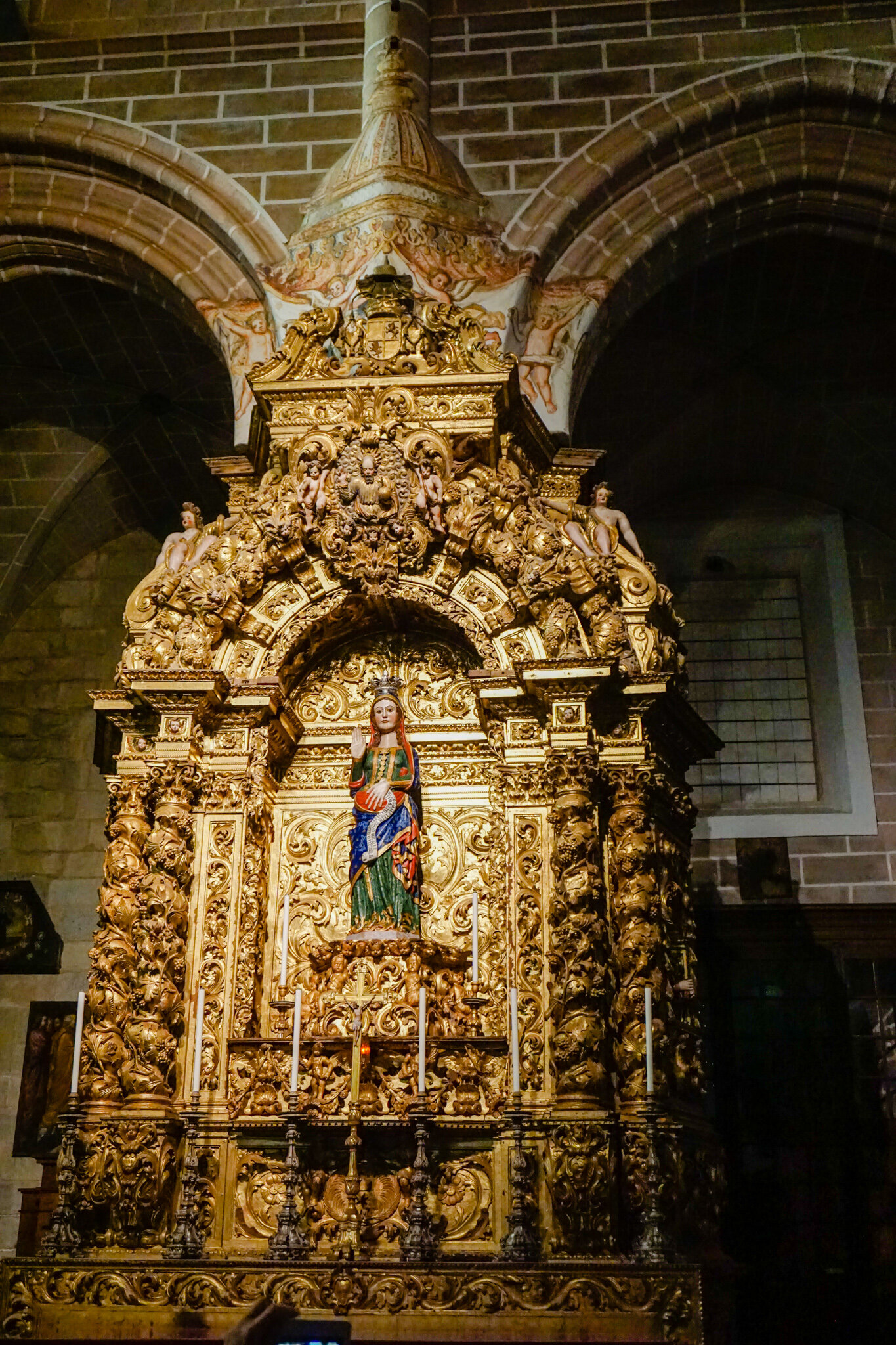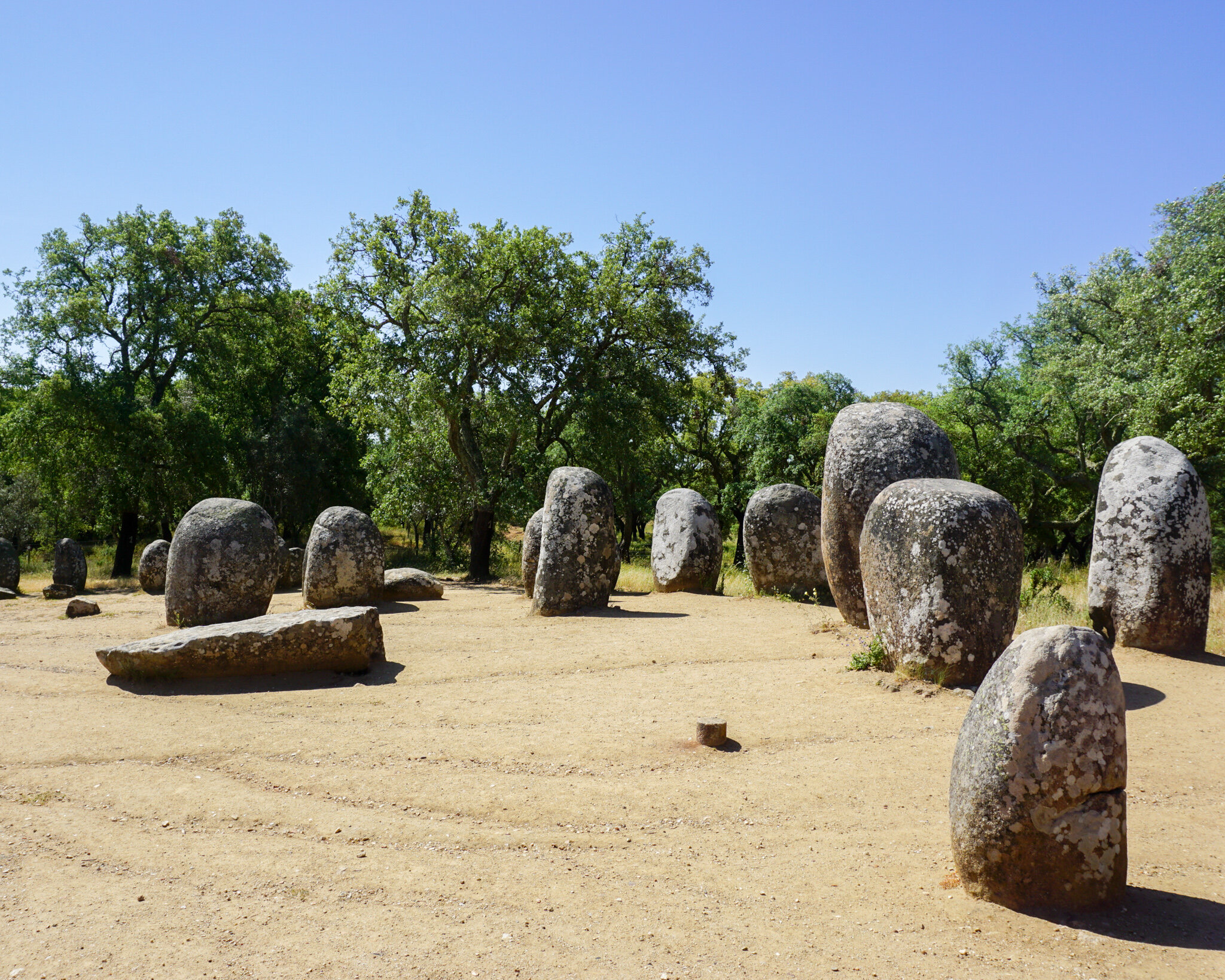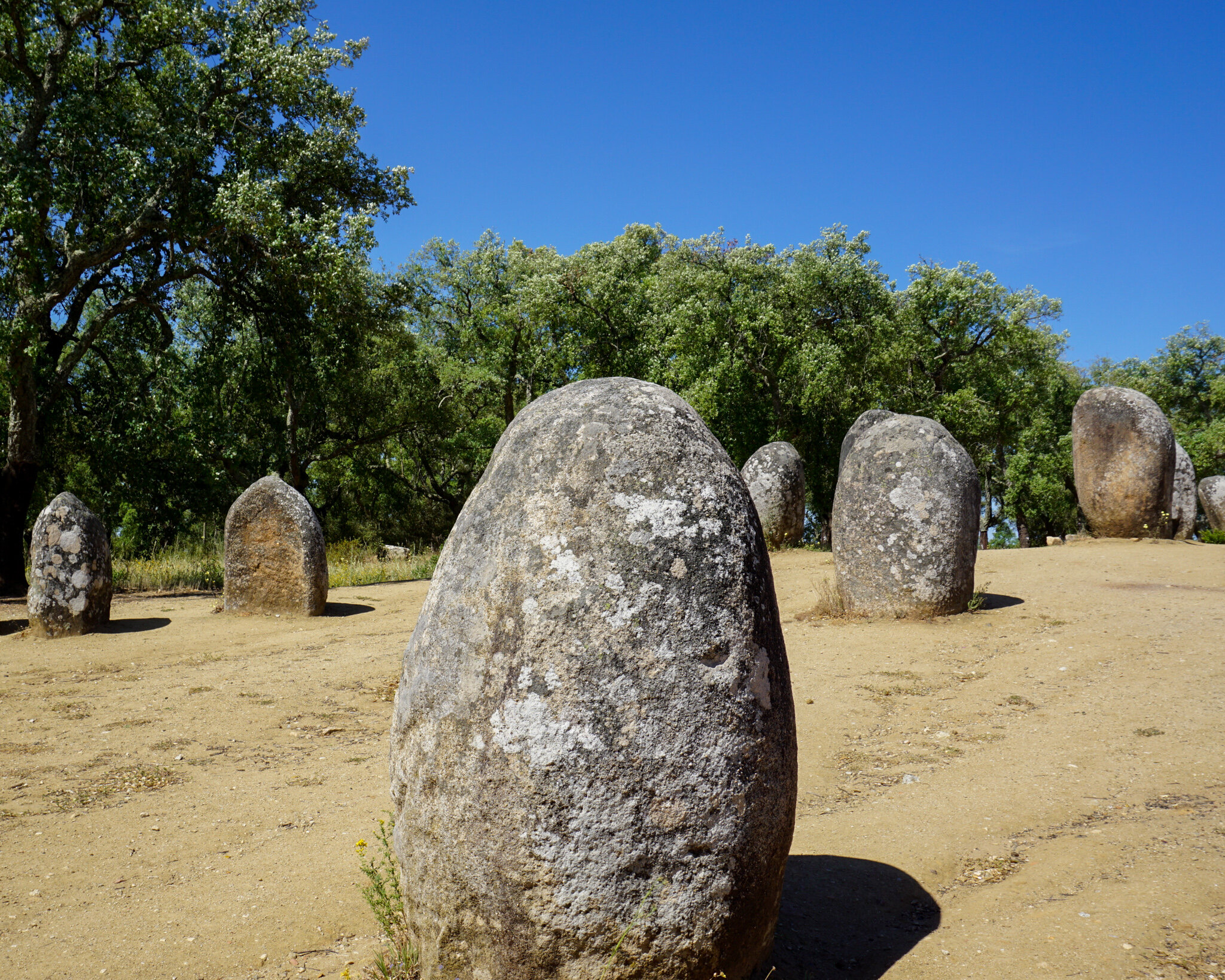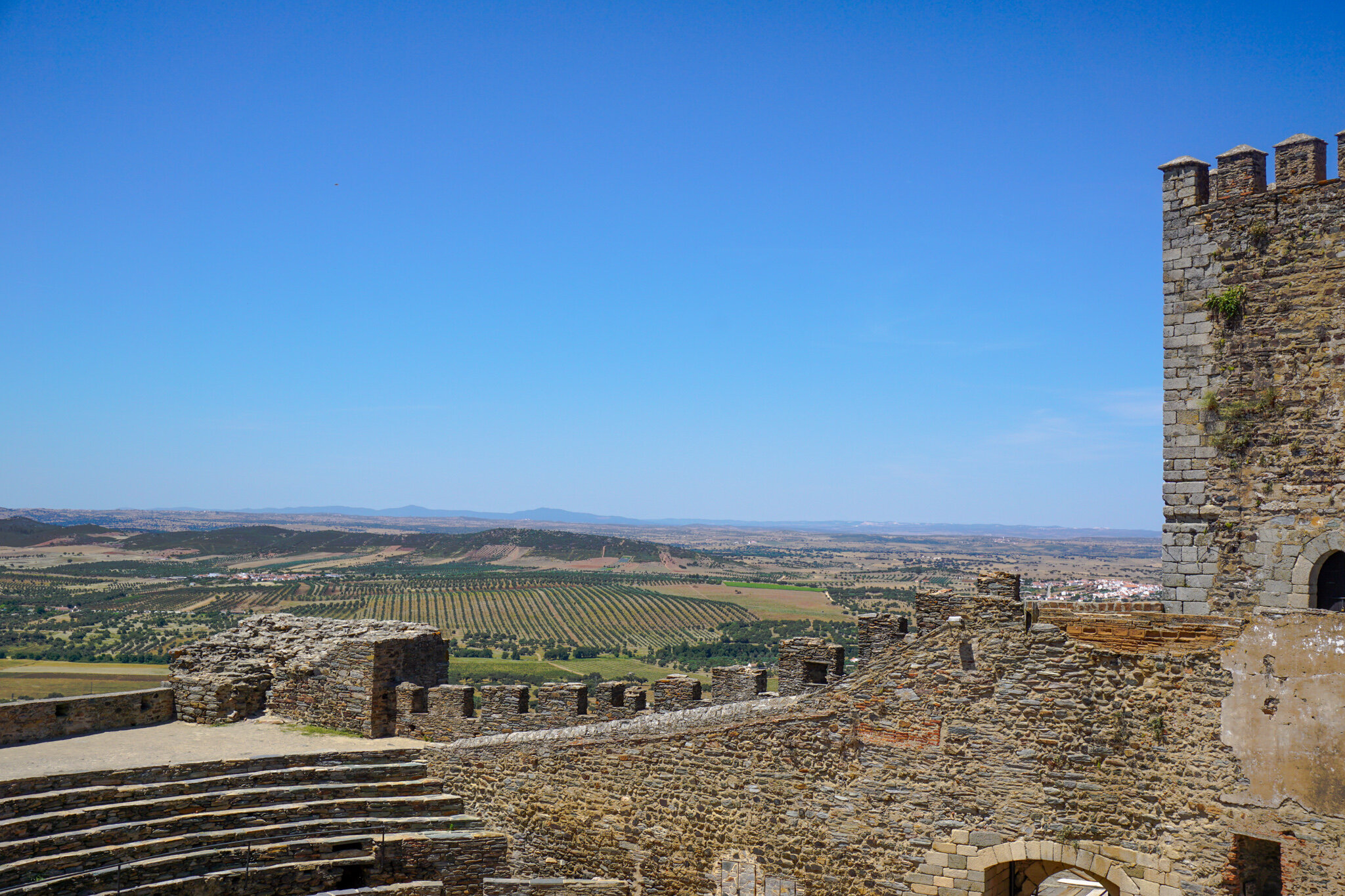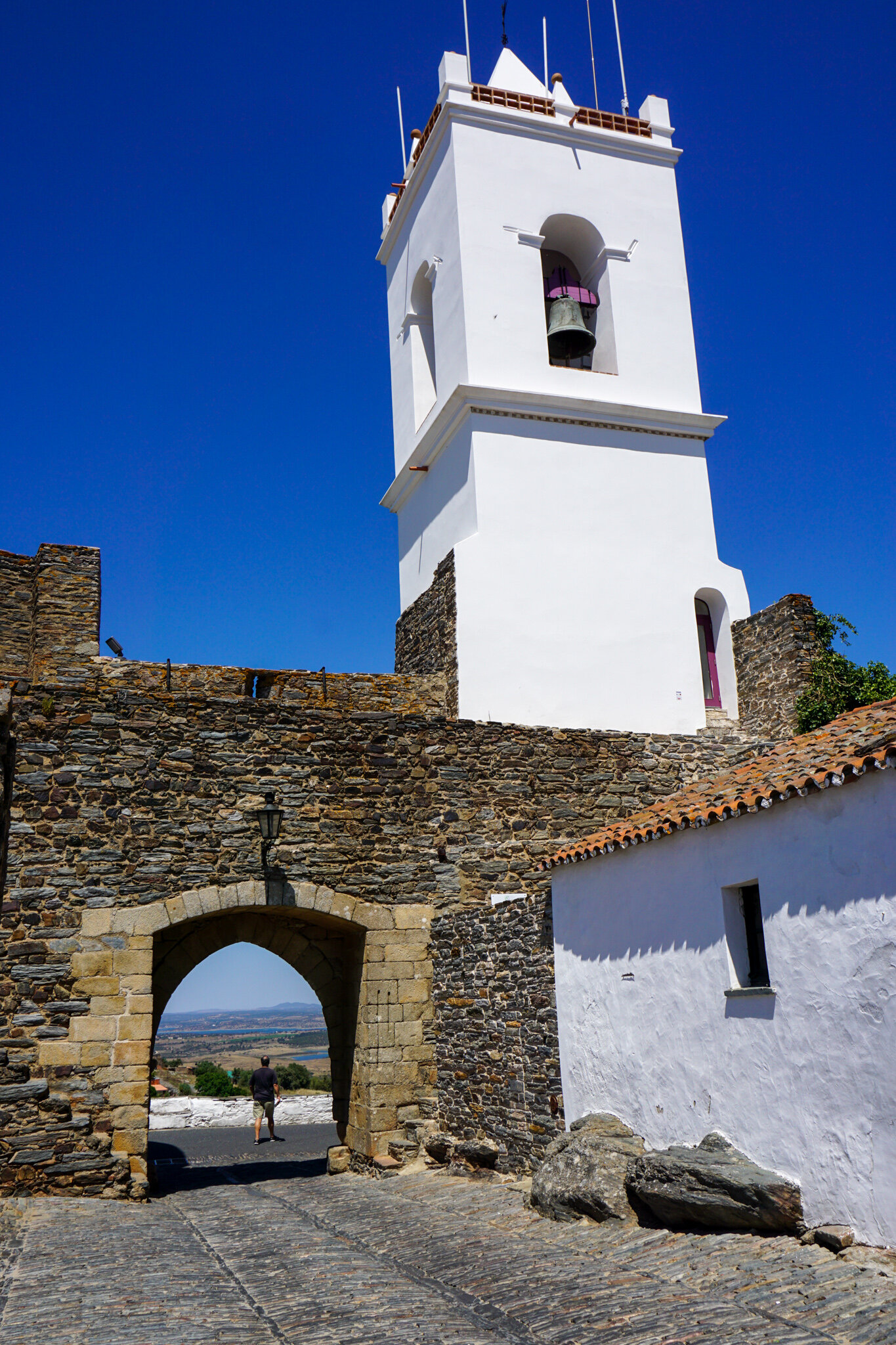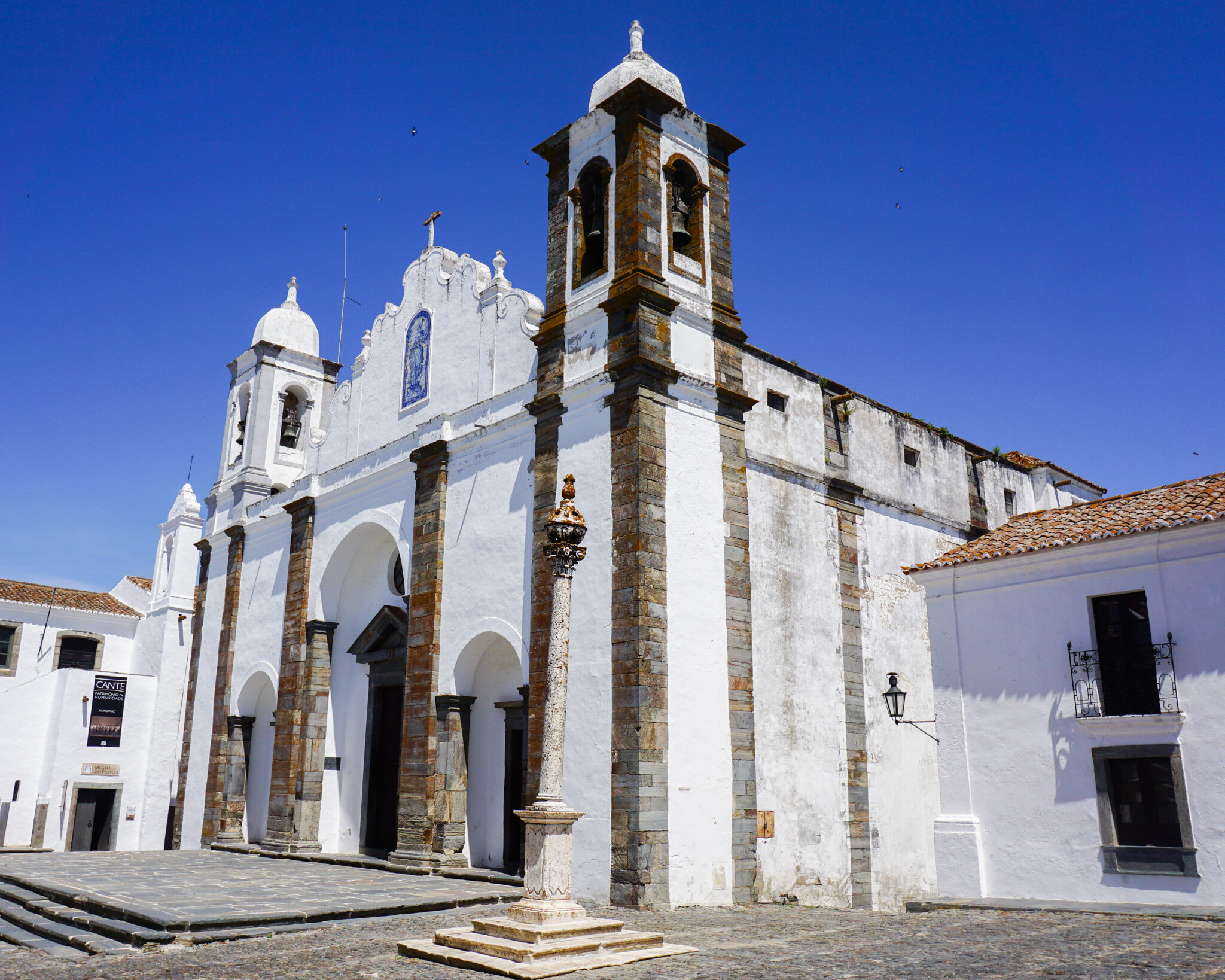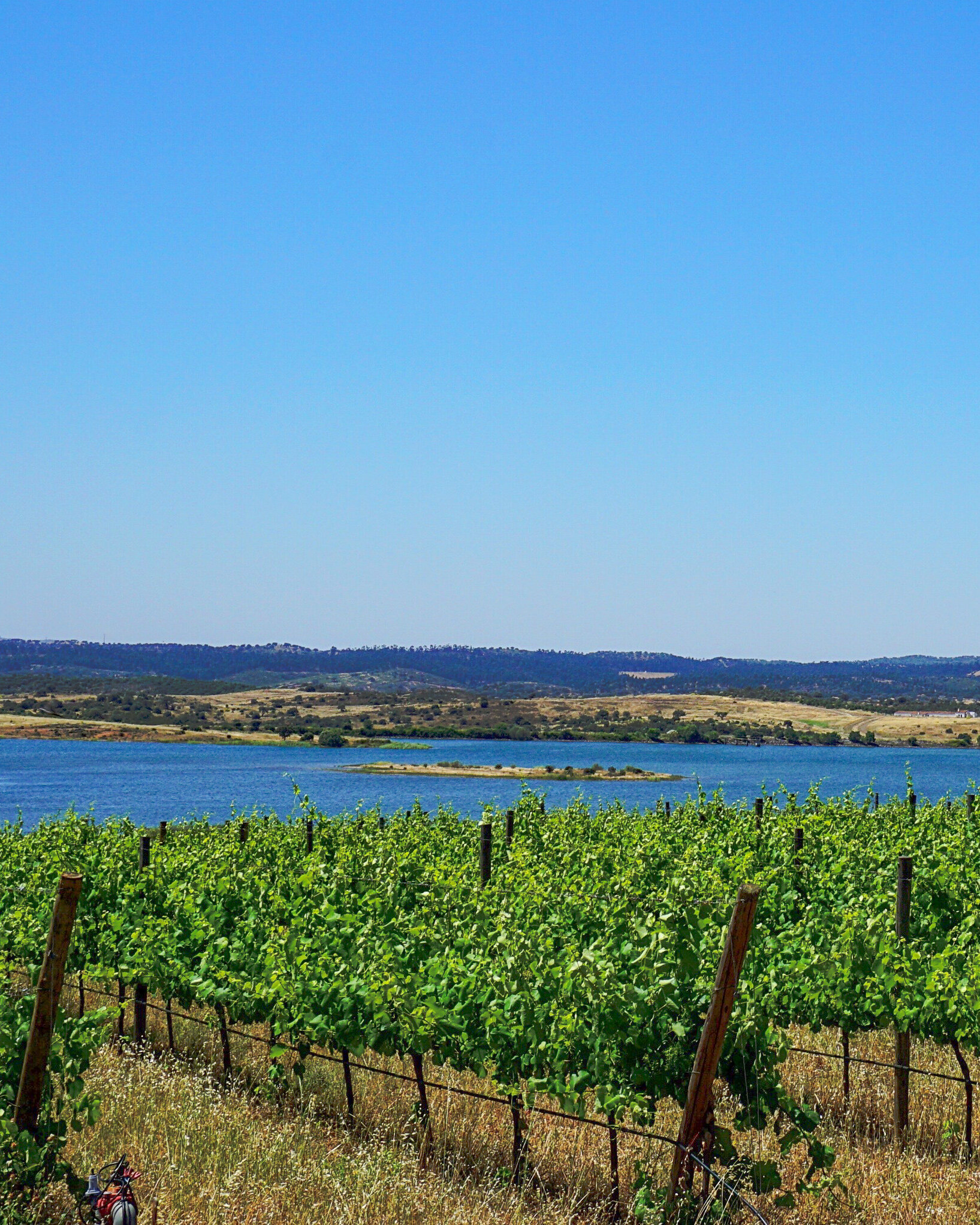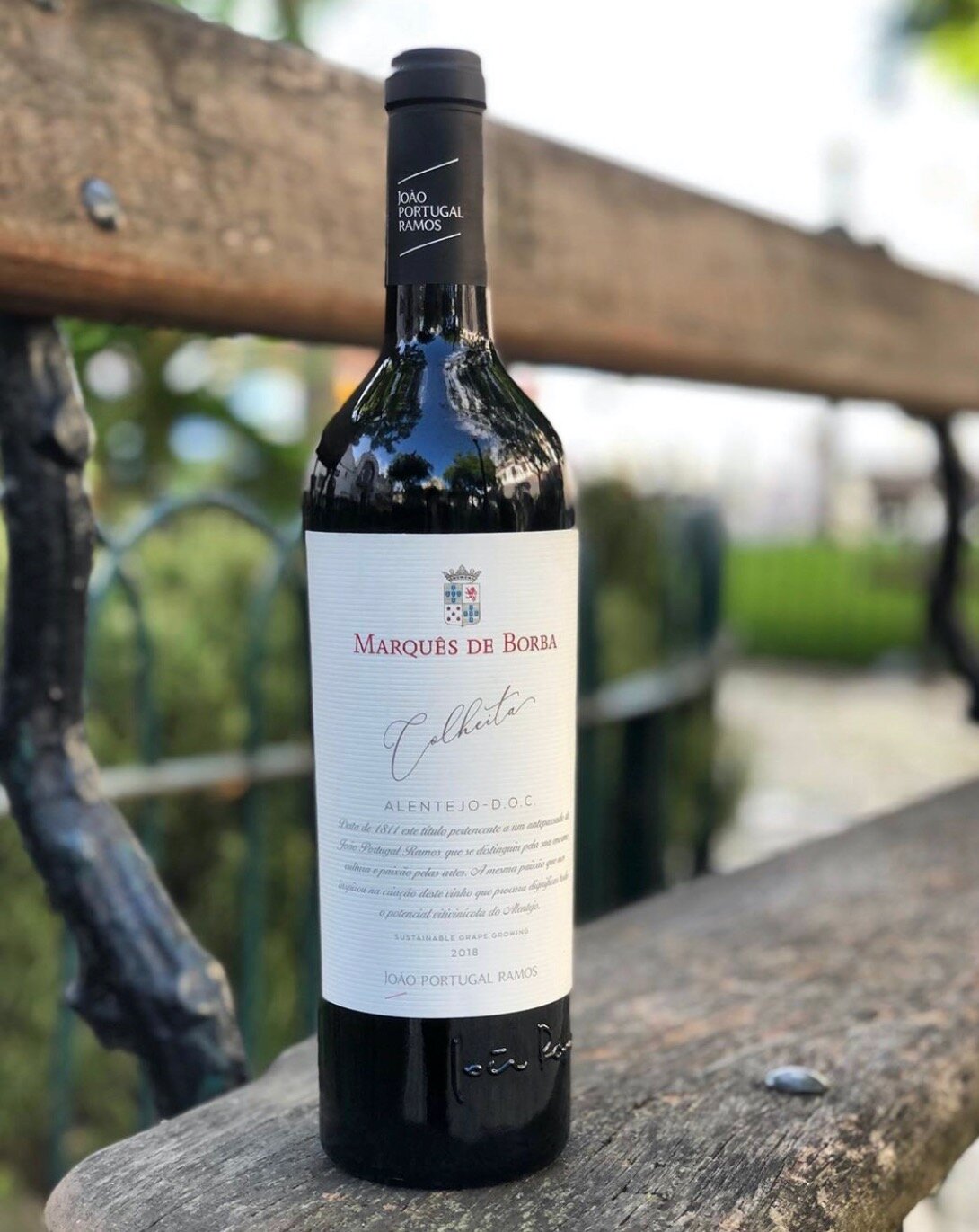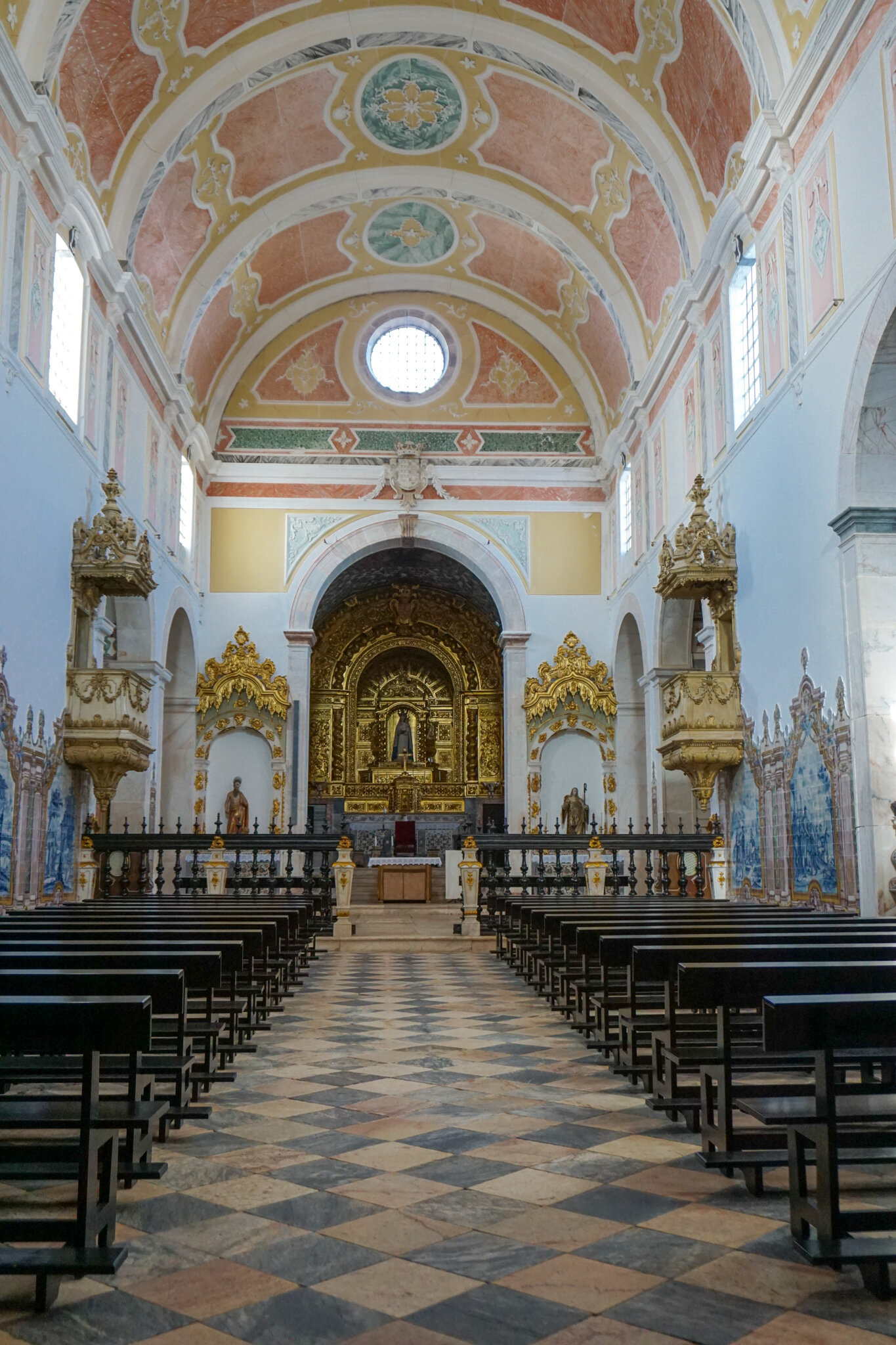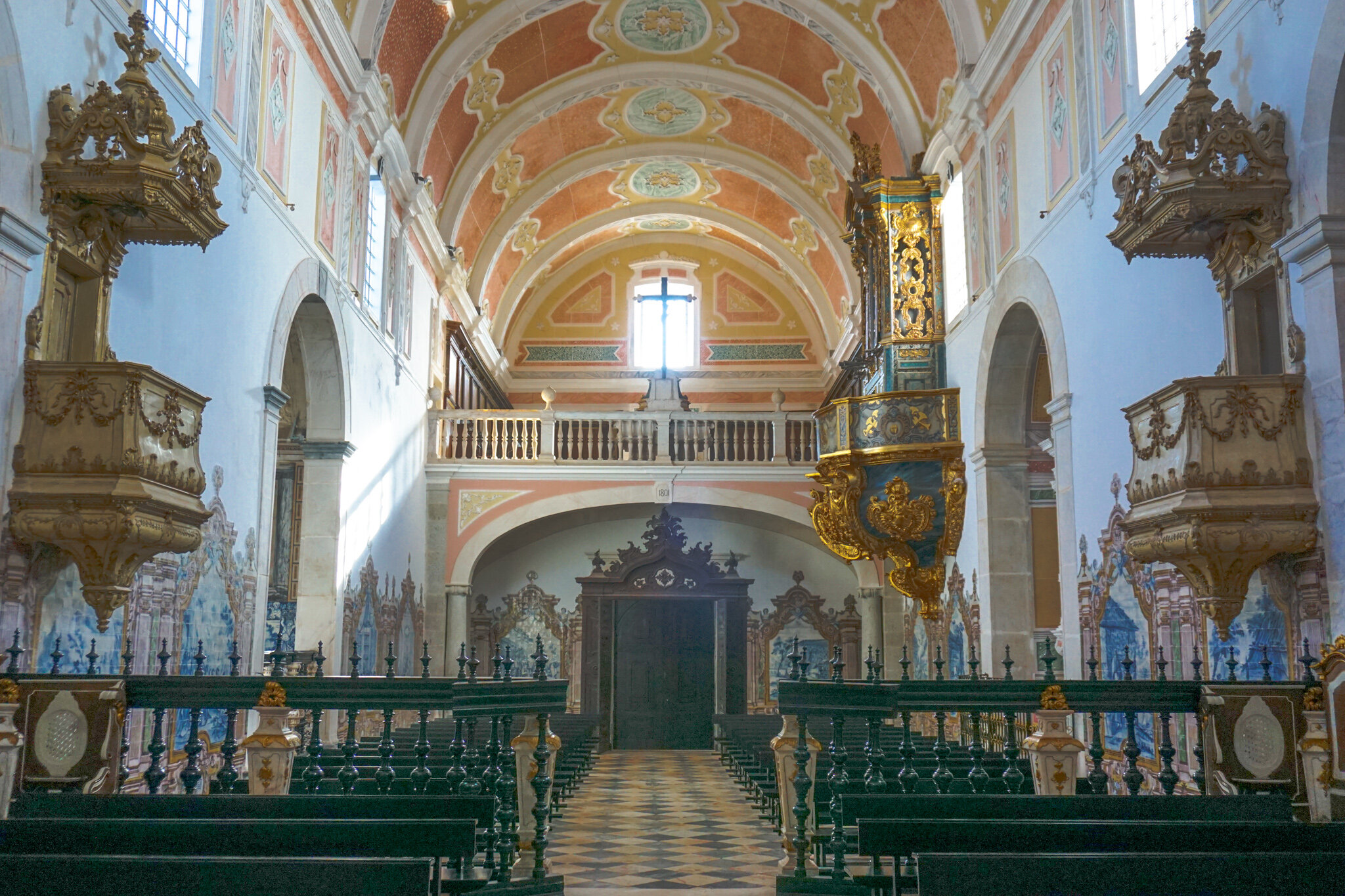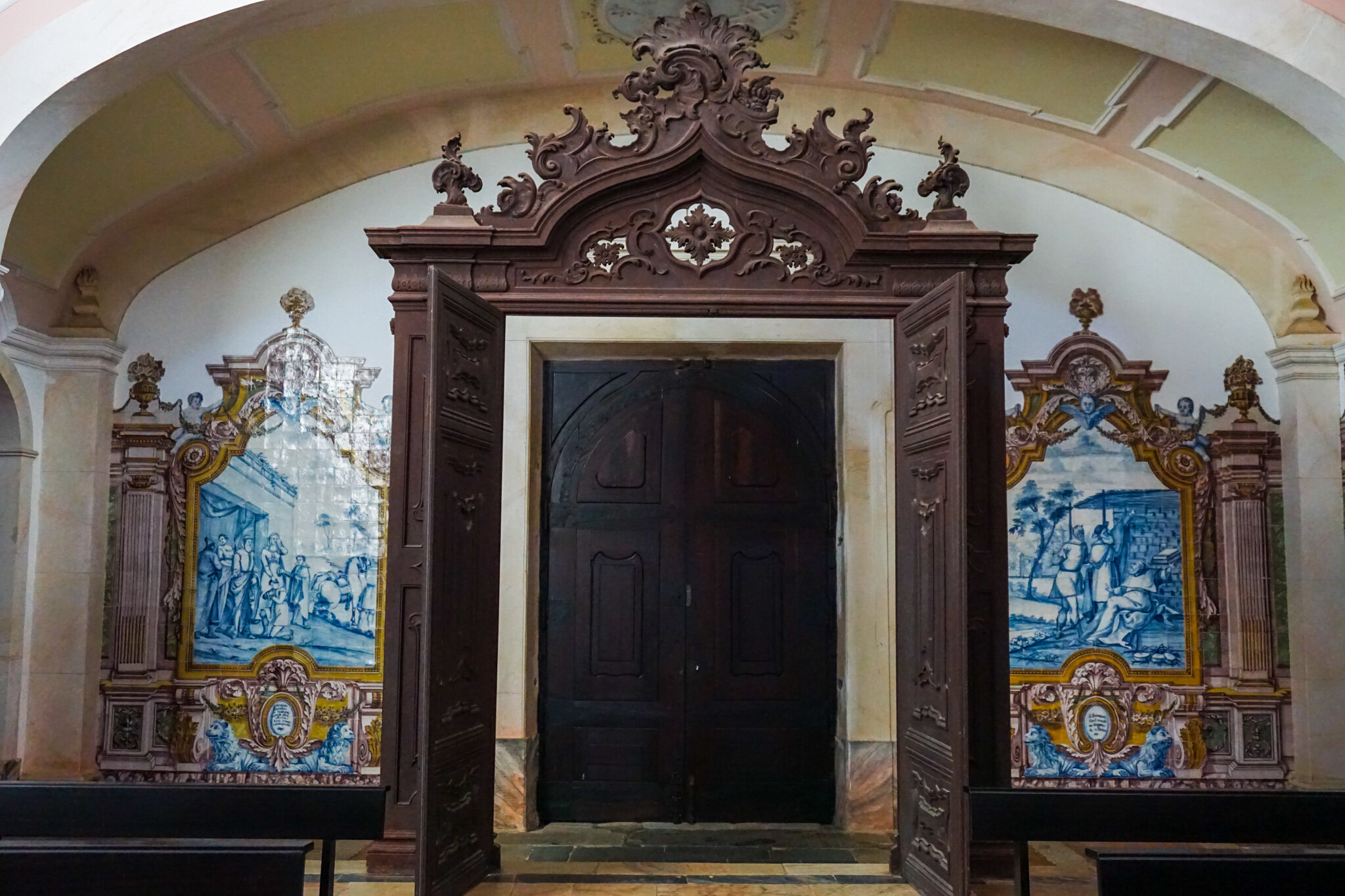Alentejo: Wine Travel
Porto and the DouroValley might get most of the attention when it comes to wine, and the Algarve may be Portugal's top holiday destination. Still, I urge you to take the detour to visit the Alentejo.
The Alentejo countryside is a little more than an hour inland from Lisbon, and a short drive from the Algarve coast, toward the Spanish border. Alentejo means “Beyond the Tejo” because it is located south of the Tejo River. The landscape changes into open countryside with gently rolling plains. The climate in this area is hot in the summer and surprisingly cold in the winter. These similarities remind me a bit of eastern Washington if it weren't for the outcropping of cork trees. It's these cork oaks that supply more than half of the world's annual requirement of wine corks.
ALONG THE WINE ROAD:
Evora is the central town and capital of the region. You'll discover so much history in this Unesco-listed walled city. It was a post for the Romans, and at the heart of the town stands the imposing Temple of Diana built in the first century AD. The city is crammed with narrow cobblestoned streets, historic churches, hand-painted azulejos tiles, and a beautiful blend of Moorish and Roman architecture.
It is here too, you'll find the Alentejo wine routes center. They will provide you with maps to the over seventy wineries which can be visited, local tastings and will even help arrange private tastings.
Here are a few notable stops I also recommend;
Almendres Megalithic Site, just outside of Avora.
The site was built around 7000 years ago, at the dawn of the Neolithic, a time when communities of shepherds and farmers were emerging in Europe. It is one of humanity's oldest monuments, 2000 years before Stonehenge.
Estremoz
In route here, you will find the landscape dominated by cork oak, but you'll know you've arrived with the dominating castle on the hill. It is this castle where the then King put Vasco da Gama in charge of the naval fleet that would discover India.
Monsaraz
A medieval-walled, white-washed town with views across the plains into Spain. The main church is dedicated to St. Antony, and a great example of Neo-Gothic architecture with it's flying buttresses and bell tower. The town is now home to some of the country's most unique pottery.
THE REGION:
The Alentejo wine region is divided into three districts; Beja, Evora, and Portalegre, which together define the Protected Geographical Indication (PGI). There are eight sub-regions of the Alentejo called Protected Designation of Origin (PDO), this is similar to a DOC in Italy.
Alentejo winemaking practices carry on the age-old techniques developed by the Romans of fermenting and storing wine in clay vessels, Talhas de Barro. These Talhas come in all shapes and sizes, some of the largest can store up to 2,000 liters of wine. The wine making practices here have been handed down through generations.
THE WINES:
This region is best known for its reds, which make up 80% of the production, and most often these are blends. They are characteristically full-bodied, incredibly aromatic, with soft tannins and generous fruit. Many can be enjoyed young, but those from old vines make for complex, dense but supple wines.
THE GRAPES:
Portugal ranks second, behind Italy, with the most indigenous grape varieties. In addition to this large number of grapes, many non-indigenous grapes have been introduced in recent years.
Touriga Nacional: If ever an indigenous grape was selected to represent Portugal, this grape would be raising the flag.
Trincadeira: This grape has many different names and widely planted across Portugal. It is particularly well suited for the hottest wine growing regions like the Alentejo.
Aragonez: This is an Iberian Peninsula grape; in Rioja, it goes by the name Tempranillo. It's also known by the name of Tinta Roriz in the Dao and Douro.
Alicante Bouschet: This grape is so deeply rooted in the Alentejo traditions that it is often assumed to be native. In fact, it is a displaced variety, the product of a cross between the French varieties Petit Bouschet and Grenache.
Syrah: this non-indigenous variety has adopted the most successfully to the climate of the Alentejo. The wines it produces are often characterized as New-World.
TO VISIT:
Adega da Cartuxa is located in Evora next to the convent, which resulted in its name.
This is a prestigious brand in Alentejo and well suited for tours. It also has a restaurant where you can dine overlooking the estate. It should be on your visit list.
This winery is part of the group João Portugal Ramos. You can take in the serene atmosphere while sipping on the full spectrum of these renowned Portuguese wines.
TO STAY:
Convento do Espinheiro – This resort was created around a 15th-century convent just outside the town walls of Evora. One of the impressive features retained in the conversion is the azulejo tiled chapel. They also offer nightly tastings of local wines in their cellar room. You won’t be disappointed in a stay here and find some time to relax by the pool.
L'AND Vinyards – a countryside resort with a Michelin starred restaurant.
TO EAT:
The regional cuisine shifts to rich and hearty. Lamb dishes are prevailing, and the black pig, Porco Preto, is renowned. These pigs forage freely across the countryside, feeding on acorns from the cork trees.
Taberna Tipica Quarta Feira (Evora) This family-run restaurant serves typical regional cuisine and its a fun atmosphere. There is a fixed menu and wine pairing, so you can leave everything to them. Slow-cooked black pork so tender it falls off the bone, plus freshly baked bread, and ever-flowing glasses of wine. This is a place where we can guarantee that you will not leave hungry.
For all Portugal Travels
For exploring The Douro Valley


